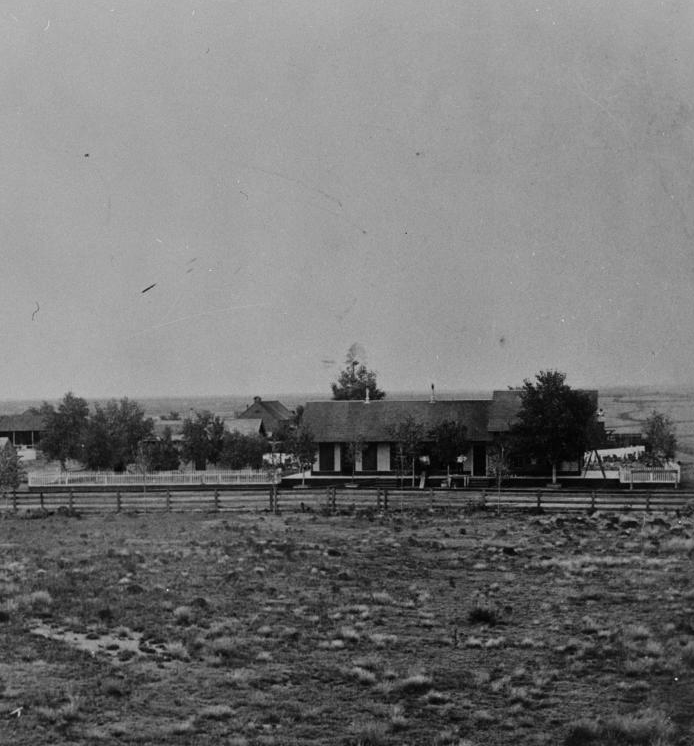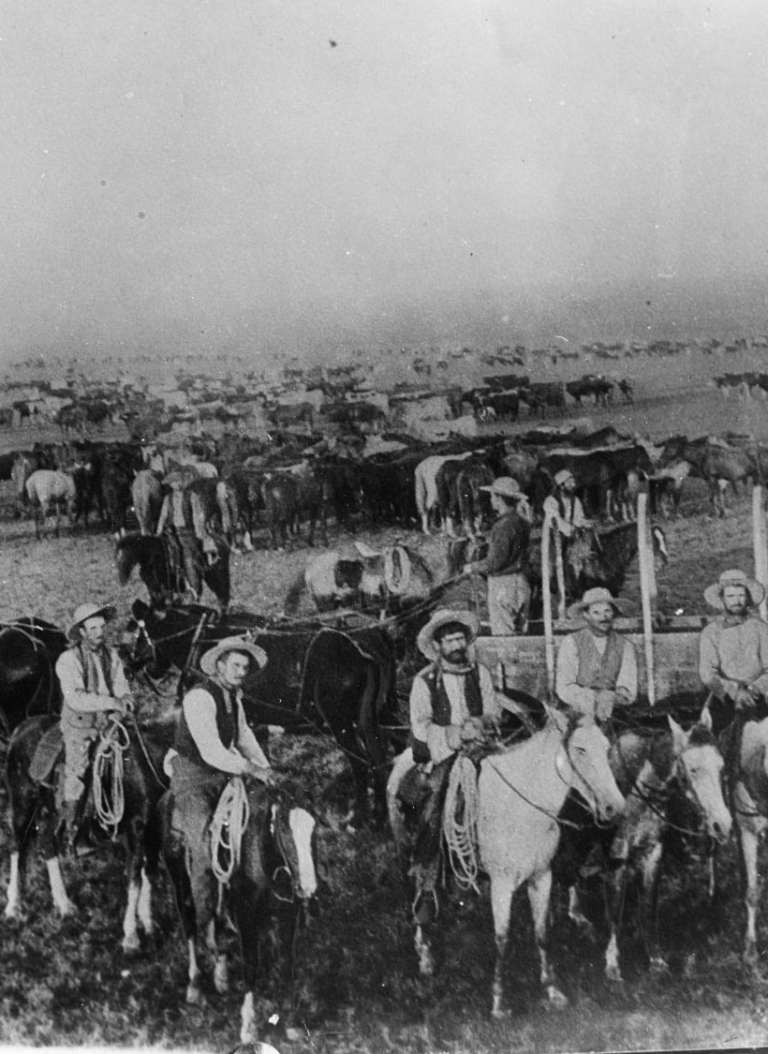Map Of XIT Ranch: Exploring The Vast Legacy Of Texas' Iconic Land
Let’s dive right into it—when you hear the phrase "XIT Ranch," you're stepping into a piece of American history that’s as big as Texas itself. The XIT Ranch isn’t just a name; it’s a symbol of the Old West, a story of cattle drives, open plains, and the grit of those who carved out a living in the untamed frontier. And at the heart of it all? The map of XIT Ranch. This map isn’t just lines on paper—it’s a blueprint of dreams, challenges, and the sheer size of ambition that defined a generation of ranchers.
Now, picture this: a ranch so massive, it covered three million acres across ten counties in Texas. That’s right—ten whole counties! And guess what? This wasn’t just any ranch; it was the XIT Ranch, an empire of cattle, land, and legends. So, if you’re curious about the map of XIT Ranch, you’re not just looking at geography—you’re diving into a story that shaped the American West.
Why does the map of XIT Ranch matter today? Well, because it’s more than just history—it’s a connection to the roots of modern Texas. The ranch’s story is interwoven with the state’s growth, and its map is like a treasure map for anyone fascinated by the cowboy era. So, grab a seat, and let’s explore what makes this map so special.
Read also:Z Hotel Long Island City Queens The Ultimate Guide For Your Next Stay
Understanding the Map of XIT Ranch
Size Matters: The Vastness of XIT Ranch
Talk about big—XIT Ranch was enormous. To put it in perspective, the ranch stretched across ten counties in the Texas Panhandle: Dallam, Hartley, Oldham, Deaf Smith, Parmer, Castro, Bailey, Lamb, Cochran, and Hockley. That’s roughly 3,140 square miles of land! If you’ve ever driven through Texas, you know how vast the state is, but the XIT Ranch map makes even Texas look small.
Here’s a fun fact: if XIT Ranch were its own state, it would be the 43rd largest in the United States. That’s how massive it was. And when you look at the map, you can see the intricate details of its boundaries, cattle trails, and the strategic planning that went into managing such a colossal piece of land.
Key Features on the Map
When you study the map of XIT Ranch, you’ll notice some standout features. First up, the Caprock Escarpment—a natural boundary that marked the southern edge of the ranch. Then there’s the Red River, which formed part of the northern boundary. These natural landmarks weren’t just pretty sights; they were crucial for defining the ranch’s borders and protecting its vast herds of cattle.
Other key features include:
- Cattle Trails: Routes used for moving cattle to market.
- Windmills: Essential for accessing water in the arid plains.
- Divisions: The ranch was divided into blocks, each with its own manager and crew.
These features weren’t just dots on the map—they were lifelines for the ranchers who called XIT home.
The History Behind XIT Ranch
Why Was XIT Ranch Created?
The story of XIT Ranch begins with a deal. In the late 1800s, Texas needed funds to build a new state Capitol building. To raise the money, the state sold off three million acres of land in the Panhandle to a group of investors. This deal gave birth to the XIT Ranch, with the "XIT" standing for "Ten in Texas"—referring to the ten counties the ranch spanned.
Read also:Blue Note Lounge Photos Your Ultimate Guide To Jazz Vibes And Stunning Captures
This wasn’t just any business venture; it was a bold move that transformed the landscape of Texas. The ranch became a symbol of the state’s resilience and entrepreneurial spirit, and its map became a testament to the vision of its founders.
The Rise and Fall of XIT Ranch
The XIT Ranch was a powerhouse in its day, producing thousands of cattle and employing hundreds of cowboys. But like all good things, its reign eventually came to an end. By the early 1900s, the ranch faced financial difficulties, and by 1912, it was sold off in pieces. The land was divided into smaller ranches and farms, marking the end of an era.
But even in its decline, the XIT Ranch left a lasting legacy. Its map remains a symbol of the ranch’s glory days, and its story continues to inspire those who study the history of the American West.
Exploring the XIT Ranch Map
What You’ll Find on the Map
Take a closer look at the XIT Ranch map, and you’ll discover a wealth of information. You’ll see the intricate network of cattle trails, the placement of windmills, and the boundaries of each division. These details weren’t just for show; they were essential for the ranch’s operation.
For example, the cattle trails were carefully planned to ensure the safe and efficient movement of cattle to market. The windmills were strategically placed to provide water for the cattle and the ranch hands. And the divisions were managed with military precision, each with its own crew and responsibilities.
Modern-Day Relevance of the Map
Even today, the XIT Ranch map holds relevance. It’s a valuable resource for historians, landowners, and anyone interested in the history of Texas. The map provides insights into the ranch’s operations, the challenges faced by its workers, and the impact it had on the surrounding communities.
Moreover, the map serves as a reminder of the importance of land management and conservation. The lessons learned from the XIT Ranch’s rise and fall are still applicable today, offering guidance for sustainable land use practices.
Key Locations on the XIT Ranch Map
Caprock Escarpment
The Caprock Escarpment is one of the most prominent features on the XIT Ranch map. This natural boundary marked the southern edge of the ranch and played a crucial role in its defense. The escarpment provided a natural barrier against rustlers and other threats, making it an essential part of the ranch’s security strategy.
Red River
At the northern edge of the ranch lay the Red River. This mighty river not only defined the ranch’s boundary but also provided a vital water source. The river’s presence was crucial for sustaining the cattle herds and supporting the ranch’s operations.
Impact of XIT Ranch on Texas
Economic Contributions
The XIT Ranch was more than just a cattle operation; it was a driving force in the Texas economy. The ranch produced thousands of cattle each year, contributing significantly to the state’s agricultural output. Its success helped establish Texas as a major player in the cattle industry.
Cultural Legacy
Beyond its economic impact, the XIT Ranch left a lasting cultural legacy. It became a symbol of the cowboy lifestyle and the rugged individualism that defined the American West. The ranch’s story continues to inspire movies, books, and songs, keeping its memory alive for future generations.
Lessons from the XIT Ranch Map
Land Management
The XIT Ranch map offers valuable lessons in land management. The ranch’s success was built on careful planning and strategic use of resources. The placement of windmills, the layout of cattle trails, and the division of land into manageable blocks were all examples of effective land management practices.
Sustainability
Another lesson from the XIT Ranch map is the importance of sustainability. The ranch’s operations were designed to be self-sustaining, with resources carefully allocated to ensure long-term viability. This approach is still relevant today, as we face increasing challenges in managing our natural resources.
Preserving the Legacy of XIT Ranch
Museums and Historical Sites
Today, the legacy of XIT Ranch is preserved in museums and historical sites across Texas. These venues offer a glimpse into the ranch’s history, showcasing artifacts, photographs, and documents that bring its story to life. The XIT Museum in Dalhart, Texas, is a must-visit for anyone interested in the ranch’s history.
Education and Research
Researchers and educators continue to study the XIT Ranch, using its map and historical records to gain insights into the ranching industry and the American West. The ranch’s story serves as a valuable case study for understanding the challenges and triumphs of the frontier era.
Conclusion: Why the Map of XIT Ranch Matters
So, there you have it—the map of XIT Ranch isn’t just a piece of paper; it’s a window into a fascinating period of American history. From its vast size to its intricate features, the map tells the story of a ranch that helped shape the state of Texas and the nation as a whole.
We invite you to explore the map further, visit the museums that preserve its legacy, and share this article with others who might be interested in the story of XIT Ranch. Together, we can keep the memory of this iconic ranch alive for generations to come. So, what are you waiting for? Dive in and discover the magic of XIT Ranch!
Table of Contents
- Map of XIT Ranch: Exploring the Vast Legacy of Texas' Iconic Land
- Understanding the Map of XIT Ranch
- The History Behind XIT Ranch
- Exploring the XIT Ranch Map
- Key Locations on the XIT Ranch Map
- Impact of XIT Ranch on Texas
- Lessons from the XIT Ranch Map
- Preserving the Legacy of XIT Ranch
- Conclusion: Why the Map of XIT Ranch Matters
Article Recommendations


